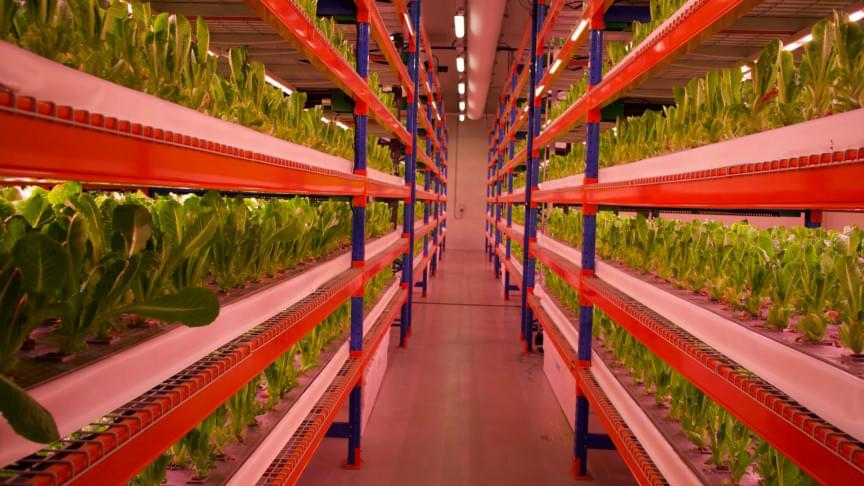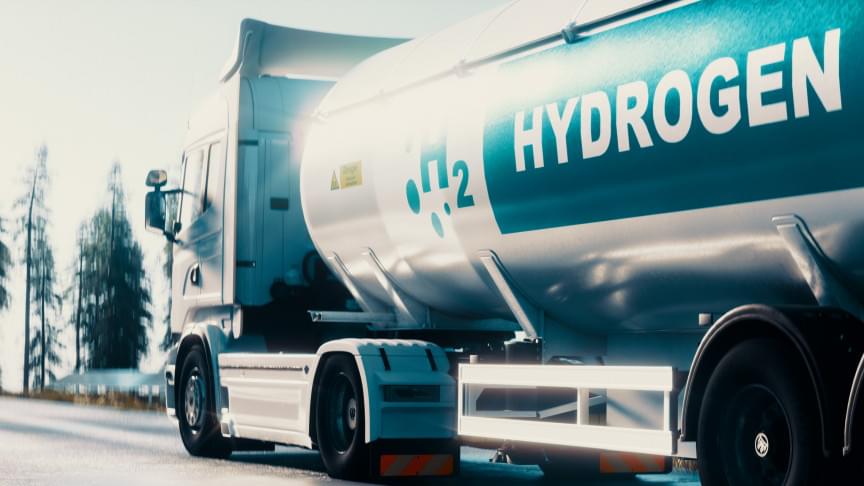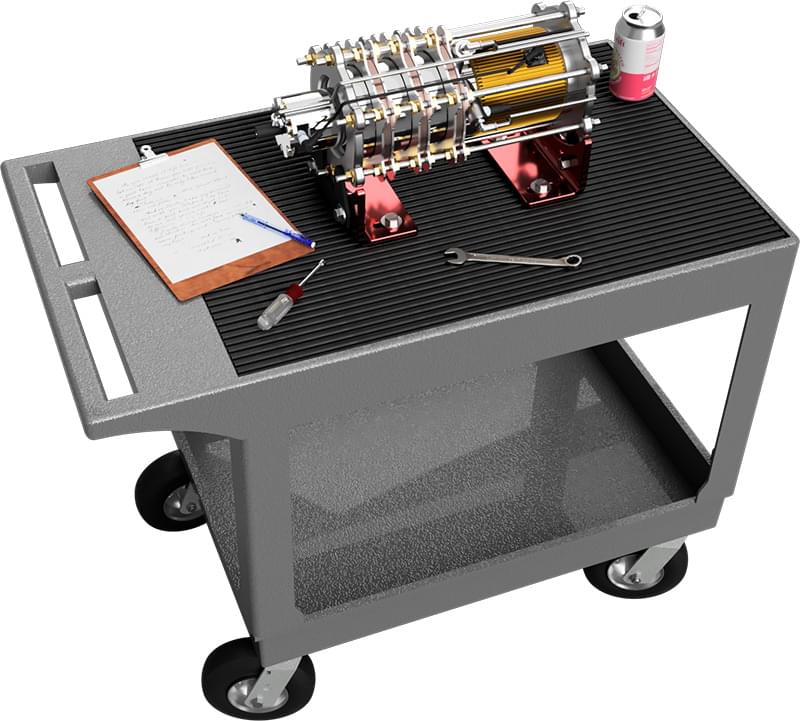
Get the latest international news and world events from around the world.






Avalanche Energy Funded to Developing Lunchbox Sized Micro Fusion Reactors
Avalanche is a VC-backed, fusion energy start-up based in Seattle, WA. They are designing, testing and building micro-fusion reactors that you can hold in your hand. Their modular reactor design can be stacked for endless power applications and unprecedented energy density to provide clean energy and decarbonize the planet.
Avalanche is developing a 5kWe power pack called the “Orbitron” in a form-factor the size of a lunch pail. The unique physics of the Orbitron allows for its compact size which is a key enabler for development, scaling, and a wide variety of applications. Avalanche Energy uses electrostatic fields to trap fusion ions and also uses a magnetron electron confinement to reach higher ion densities. The resulting fusion reaction produces neutrons that can be transformed into heat.
The magnetron is a variation of a component in regular microwave ovens and the electrostatic base technology is a derivative of a product available from ThermoFisher Scientific, which is widely deployed for use in commercial mass spectrometry. They are taking two devices that exist already, things you can buy commercially for various applications. They are putting them together in a new interesting way at much higher voltages” to build a “recirculating beam fusion” prototype.

Mechanochemical breakthrough unlocks cheap, safe, powdered hydrogen
Australian scientists say they’ve made a “eureka moment” breakthrough in gas separation and storage that could radically reduce energy use in the petrochemical industry, while making hydrogen much easier and safer to store and transport in a powder.
Nanotechnology researchers, based at Deakin University’s Institute for Frontier Materials, claim to have found a super-efficient way to mechanochemically trap and hold gases in powders, with potentially enormous and wide-ranging industrial implications.
Mechanochemistry is a relatively recently coined term, referring to chemical reactions that are triggered by mechanical forces as opposed to heat, light, or electric potential differences. In this case, the mechanical force is supplied by ball milling – a low-energy grinding process in which a cylinder containing steel balls is rotated such that the balls roll up the side, then drop back down again, crushing and rolling over the material inside.

World’s First Circumnavigation By Solar Powered Ship a Success
Circa 2012
At 2:12 PM local time today, the MS *Tûranor *entered Monaco’s Hercule Harbor, becoming the first ship to travel around the world using only solar power.
It’s the same harbor where the *Tûranor *set out from more than 19 months and 37,286 miles ago. Since then, the ship has made port in six continents, fended off pirates and broke four Guinness world records, including longest journey by solar powered boat and first circumnavigation by solar powered boat.
For the team behind the *Tûranor, *the work has just started. They’ve spent more than a year and a half preaching the solar gospel at stops around the world, and their passion for the power of the sun hasn’t dimmed one bit.